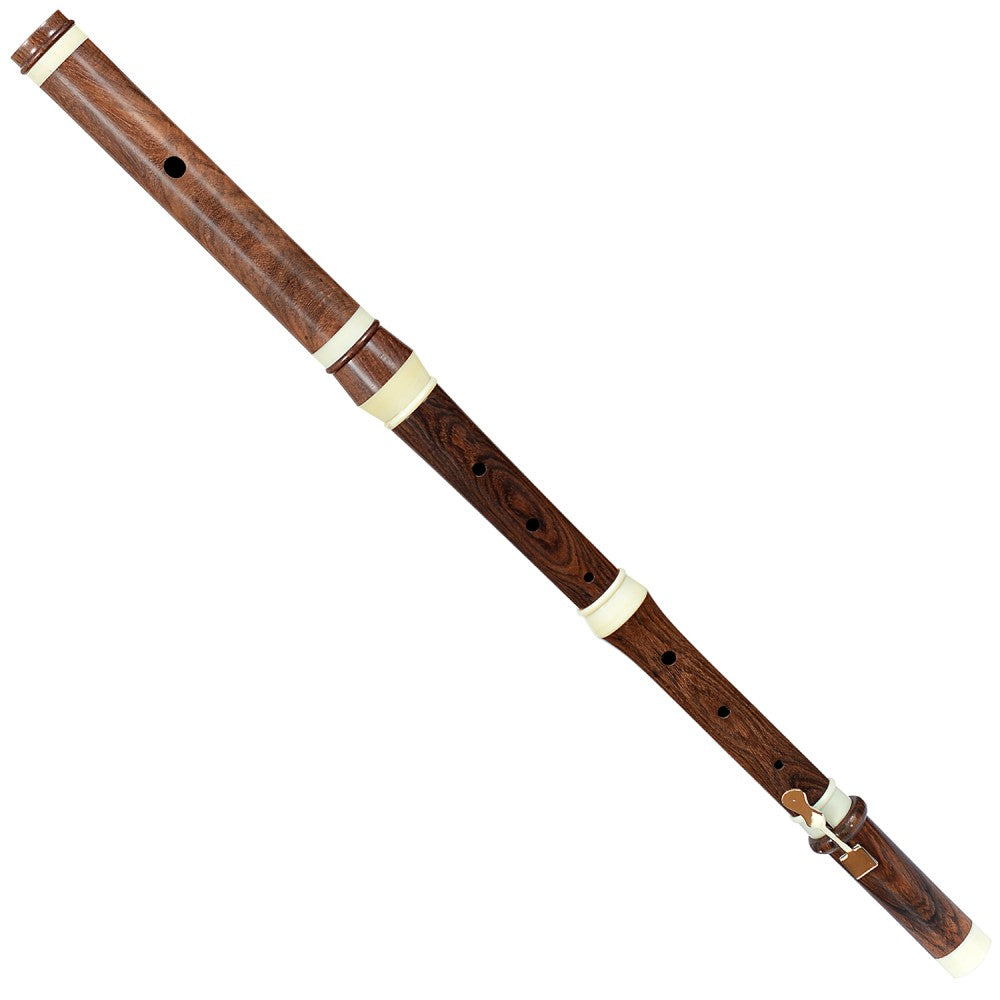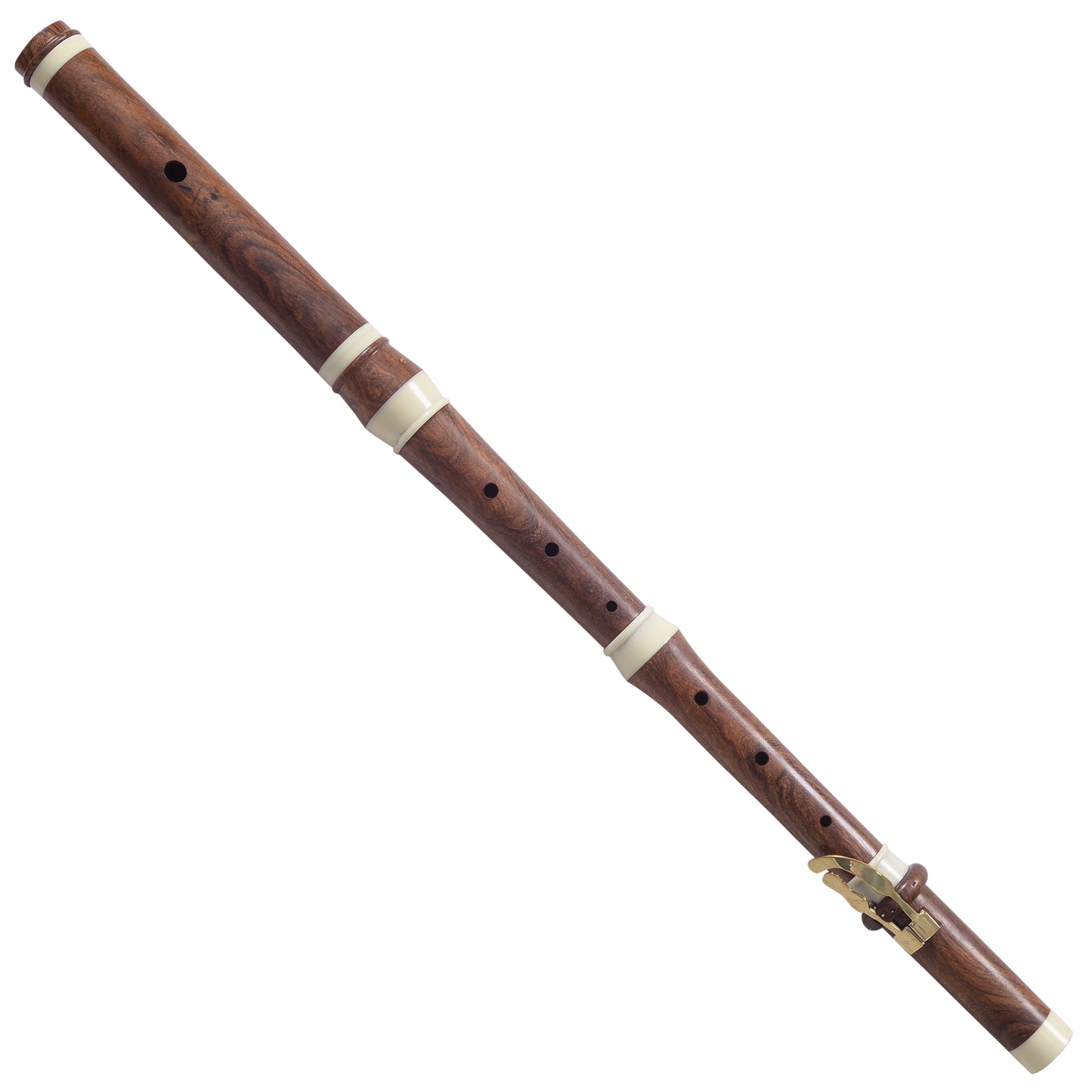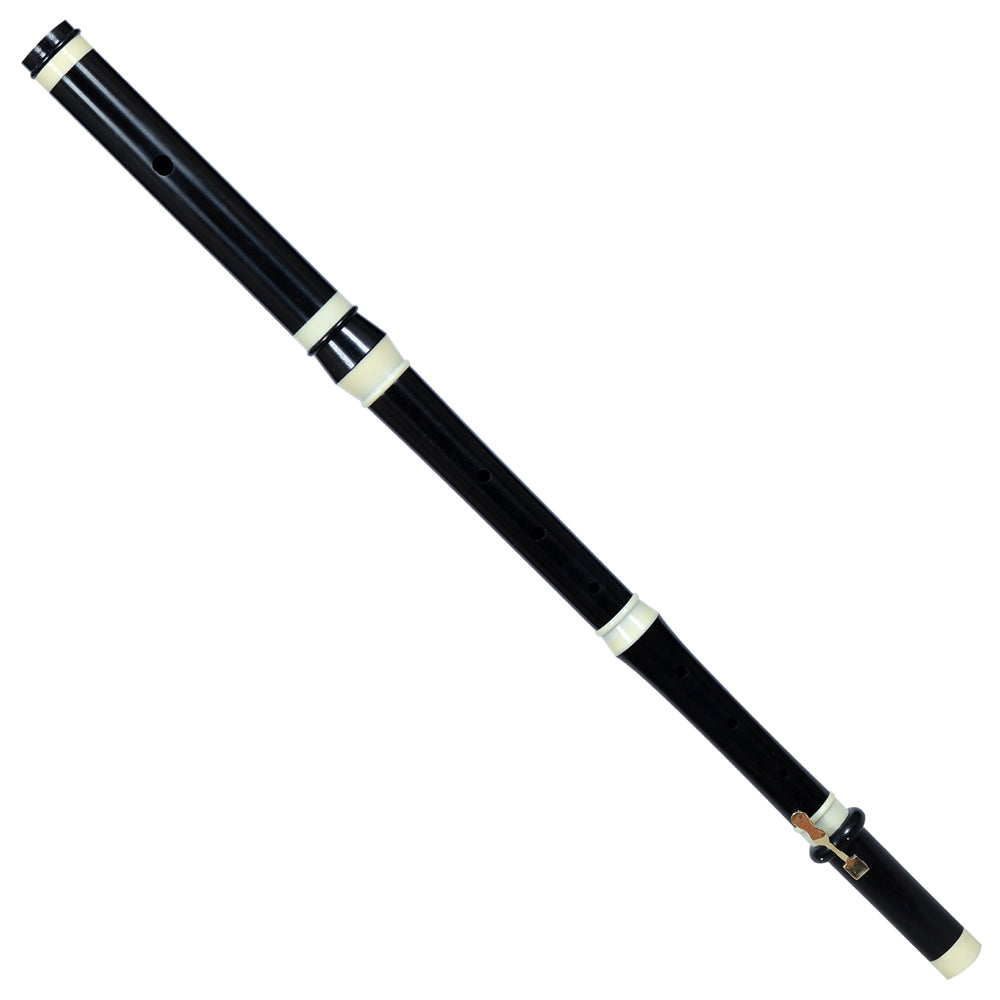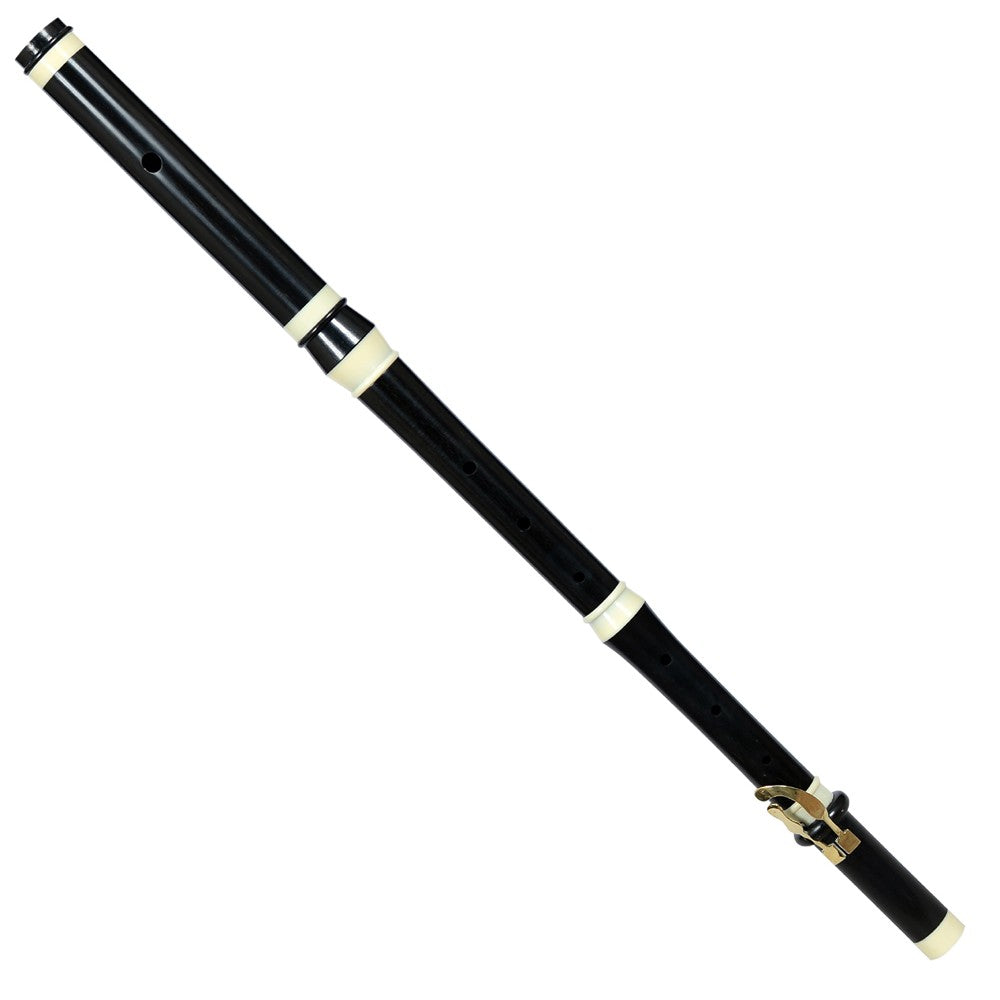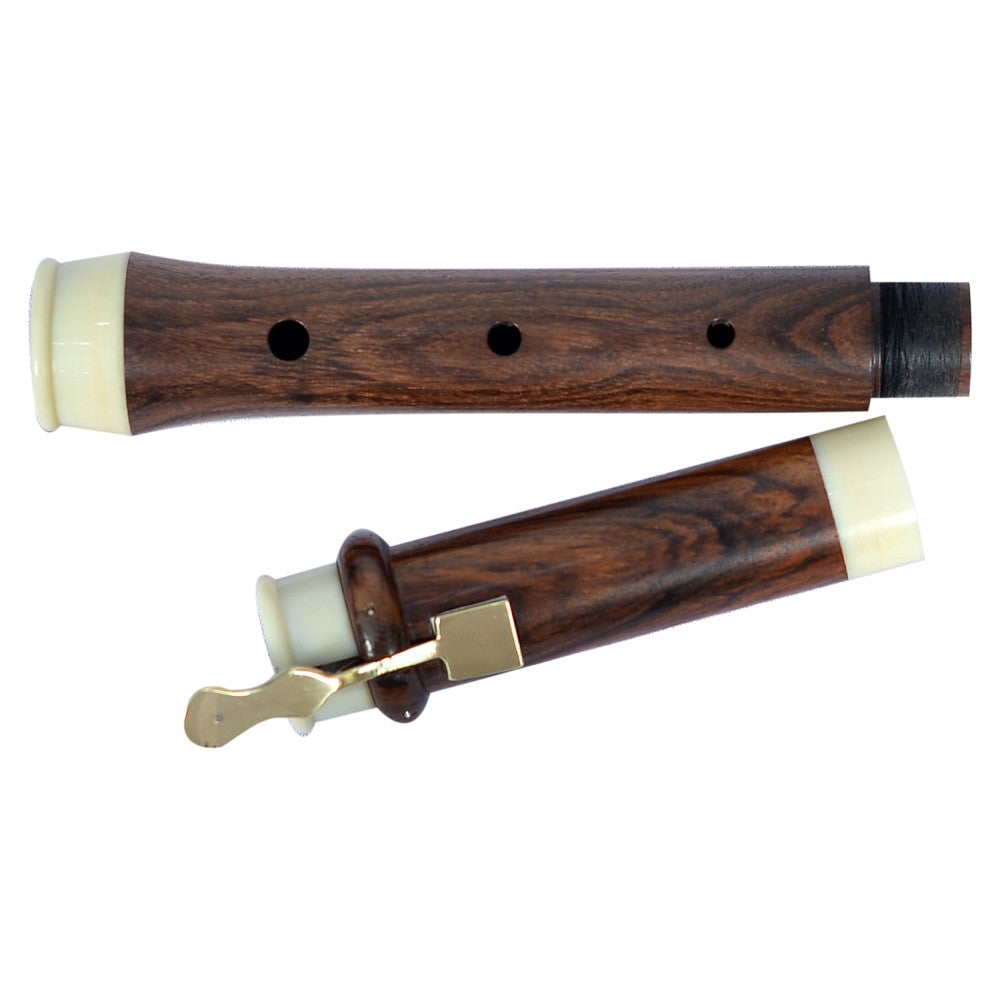1
/
of
3
Hakam Din
JJ Quantz Transverse Flute - 442 to 392 - Cocobolo or Grenadilla Wood - 1 or 2 Keys
JJ Quantz Transverse Flute - 442 to 392 - Cocobolo or Grenadilla Wood - 1 or 2 Keys
Regular price
$848.00 AUD
Regular price
Sale price
$848.00 AUD
Unit price
/
per
Shipping calculated at checkout.
Couldn't load pickup availability
This model features either 1 or 2 keys: an Eb key, a standard D# key or both. Made of either Indian Cocobolo or African Grenadilla wood
- Embouchure 10 x 8.8
- Tuning slide head-joint.
- Screwed stopper.
- Imitation ivory rings.
- The keys are casted from brass and features steel springs with the most suitable leather pad.
- Comes with care instructions, and a guide with a fingering chart.
- Additionally, accessories such as a plush-lined protective case, cleaning cloth, and extra key pads are provided.
- For music by Quantz, C. Ph. E. Bach, Benda, Fr. Bach and others.
- Select the pitch when buying.
- Select the wood when buying.
- Select the number of keys when buying.
In 1739, Quantz embarked on groundbreaking research in the realm of flute-making, contributing to the evolution of the instrument's design and capabilities.
Quantz's legacy includes the introduction of the tuning head-joint, often called the "slide head" or "swan neck." This innovative feature allowed flutists to finely adjust the flute's pitch by moving the head-joint, a breakthrough that significantly enhanced intonation across different keys and has persisted in modern flute design.
Quantz's ingenuity extended to the addition of the Eb key on the foot. This pivotal inclusion facilitated effortless execution of the Eb note, elevating overall playability and enabling smoother transitions between notes. The Eb key remains a testament to Quantz's commitment to advancing flute technique.
History:
- Johann Joachim Quantz (1697–1773) was the best-known flute player of the 18th century. A prominent figure in the 18th century music scene. Quantz was renowned not only for his compositions and the influential book "On playing the Flute" (published in 1752), but also for his role as the esteemed flute instructor-teacher to Frederick the Great of Prussia starting from 1728.
- A Treatise on Traverso Flute Playing. This invaluable resource, published in 1752, offers insights into performance practice and flute technique from the 18th century. Its enduring value makes it relevant for enthusiasts and musicians seeking historical perspective.
- Of the eight complete flutes that survived are all from the collection of Frederick the Great.
Share
